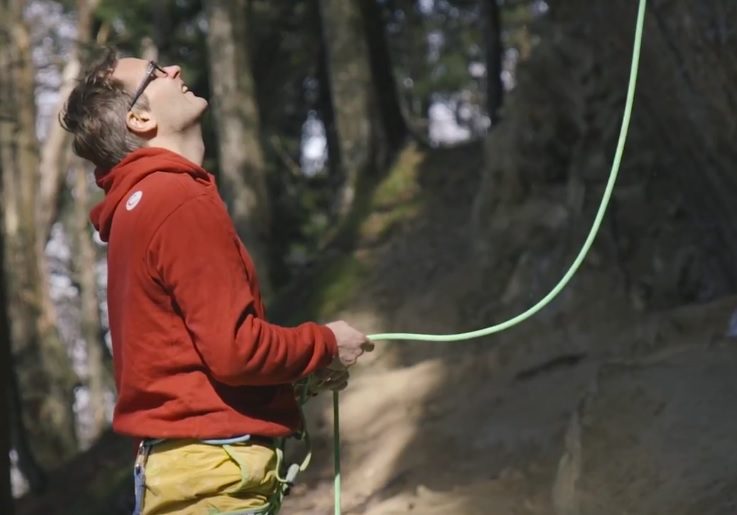How Edelrid is Making Rope Treatments Sustainable

What is one of Europe’s most environmentally friendly companies doing to develop eco-friendly products?
Edelrid has been making major efforts to improve their environmental impact and we sat down with them to understand why they are making the effort and what challenges they continue to face.
Visit Edelrid here to see their selection of ropes and gear.
Lifespan of a climbing rope: Ropes deteriorate even when they are not used. At the very latest they should be replaced after ten years as synthetic fibres deteriorate over time.
A rope that is only used occasionally and stored carefully can provide three to six years of service.
If you use your rope on a very regular basis and it takes lots of falls, we advise you to downgrade it to top-rope use only after one year.
It’s not possible to provide exact values for rope lifespan. In particular, difficult handling or a worn sheath should make it clear to the safety-conscious user that it’s time to replace a rope.
It’s important to replace a rope if it has been subjected to extreme forces or if it is damaged. For example if:
– The sheath is damaged and the core is visible
– There are significant axial and/or radial bulges and deformations (e.g. stiff sections, nicks, sponginess)
– The sheath slips significantly
– The sheath is extremely worn (e.g. abrasion or furring)
– Heat, abrasion, or friction burns have melted or visibly damaged the rope
– The rope has come in contact with chemicals, in particular acids.


